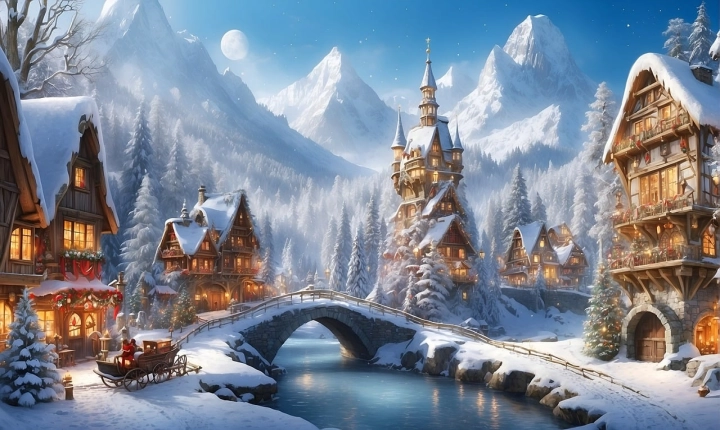Title: Bridging the Divide: Exploring the Fear of AI Among Artists
Artificial intelligence (AI) is undoubtedly transforming the creative landscape, but while it offers a world of innovation and possibilities, it also evokes a sense of fear among artists. As AI continues to evolve and permeate various creative industries, artists are grappling with a myriad of concerns and uncertainties about the future of their craft. From the loss of creative control to the potential erosion of artistic authenticity, the fear of AI is a prominent topic of discussion in the artistic community.
One of the primary fears that plagues artists is the notion of losing control over their creative process. AI has the capacity to generate music, visual art, and even literature, raising the apprehension that artists may become obsolete in the face of these technological advancements. The fear of being replaced by machines that can swiftly and efficiently churn out art is a valid concern that resonates with many creative professionals.
Moreover, artists worry that the proliferation of AI-generated art may devalue their own work and diminish the uniqueness of human creativity. As AI becomes more proficient at mimicking artistic styles and techniques, there is a growing apprehension that the personal touch and emotional depth inherent in human-created art may be overshadowed by the sheer volume of algorithmically produced pieces.
Another significant fear among artists is the potential for AI to homogenize artistic expression. The ability of AI to analyze and replicate popular trends and styles raises the specter of a creative landscape devoid of diversity and individuality. This fear is compounded by the prevalence of AI-driven algorithms that dictate the consumption and dissemination of art, potentially accentuating mainstream preferences and marginalizing niche or unconventional forms of artistic expression.
Furthermore, there is an underlying concern about the ethical and legal implications of AI-generated art. Questions surrounding intellectual property rights, attribution, and the ethical use of AI technology in the creative process provoke unease among artists, who fear that their work may be exploited or appropriated without their consent.
Despite these apprehensions, it is essential to acknowledge that AI also holds the potential to enhance the artistic process. Many artists are beginning to explore AI as a tool for inspiration, collaboration, and experimentation, rather than viewing it as a threat to their livelihood. AI-powered tools can facilitate new modes of creativity, offering artists fresh perspectives and enabling them to push the boundaries of their practice.
As the dialogue surrounding AI and art continues to evolve, it is imperative for artists to engage in critical conversations about the impact of AI on the creative landscape. By actively participating in the development and implementation of AI technologies, artists can shape the future of their industry and mitigate the potential negative consequences of AI on their craft.
In conclusion, the fear of AI among artists is multifaceted and deeply rooted in concerns about loss of control, artistic authenticity, diversity, and ethical considerations. Nevertheless, it is crucial for artists to embrace the potential of AI as a tool for innovation and creative augmentation, and to actively participate in shaping the intersection of AI and art. By confronting their fears and leveraging AI as a catalyst for artistic evolution, artists can navigate the evolving technological landscape while preserving the integrity and richness of human creativity.
